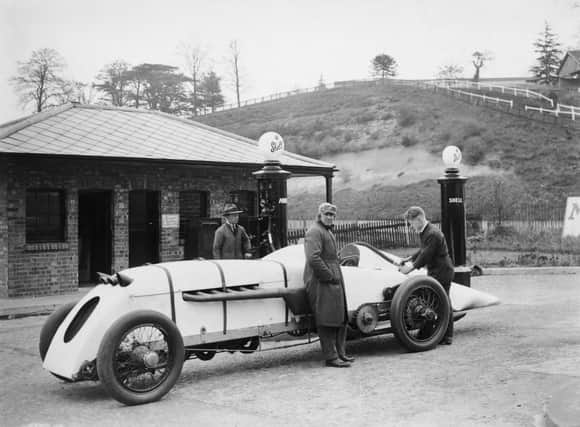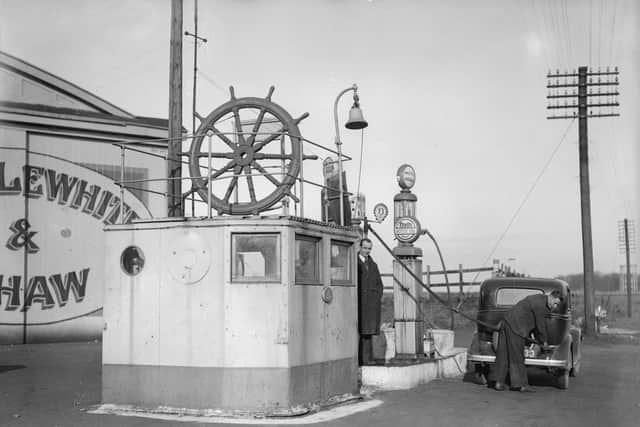How we filled up the car in an age before self-service


As these pictures remind us, small garages with a single pump and a member of staff to operate it were still very much the norm until the 1960s and, in rural areas, later still.
The first filling station in England was opened in November 1919 at Aldermaston, Berkshire by AA, which at the time was trying to promote the sale of benzole-blended petrol – a by-product of burning coal – as a British-made alternative to imported Russian fuel. This was in itself a relatively new development, for during the first two decades of British motoring, petrol had to be bought in two-gallon cans, over the counter at chemists, hardware shops and hotels, as well as garages.
Advertisement
Hide AdAdvertisement
Hide AdAA men in uniform served drivers at the Aldermaston station, from a single, hand-operated pump. Seven more stations were opened under the same management and by 1923 there were some 7,000 pumps in use.


None of the earliest filling stations survive in their original form, but Historic England lists the 98-year-old West End Garage at Turnastone, on the Herefordshire side of the Welsh border, as the best preserved. Its twin tall pumps, painted in Castrol green and with one-finger clock gauges on the front, are Grade II listed.
Petrol is still sold from these machines, positioned at either side of the gateway to a 19th century cottage and behind a low front wall. It is an arcane sight today but filling stations like this were still common in this part of the country long after bigger conurbations had entered the era of quadruple Green Shield Stamps with every filling.
Comment Guidelines
National World encourages reader discussion on our stories. User feedback, insights and back-and-forth exchanges add a rich layer of context to reporting. Please review our Community Guidelines before commenting.